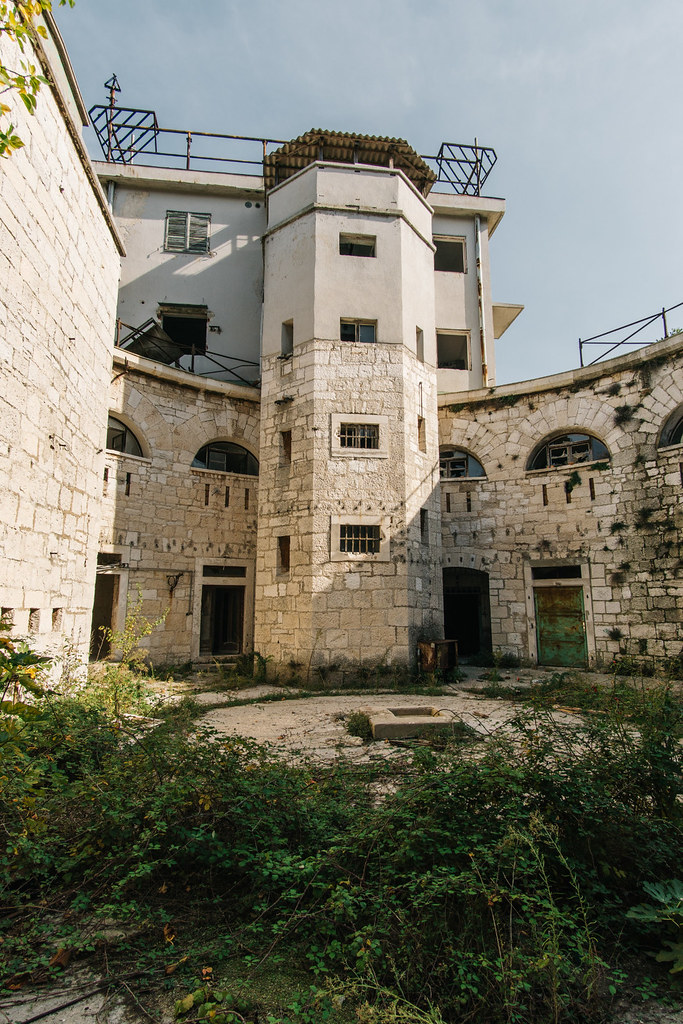Fort Musil: one of the fortresses of the largest naval base of the Austro-Hungarian Empire
The Adriatic Sea is today a beautiful tourist destination, but for centuries it was a great battlefield between the countries that share it.
One of those countries, now defunct, was the Austro-Hungarian Empire, which included present-day Austria, the Czech Republic, Slovakia, Hungary, Croatia, Slovenia, Bosnia and Herzegovina and also a part of Italy, Poland, Romania , Ukraine, Serbia and Montenegro. Because of this, that Empire had an important coastline that stretched from Trieste (now Italy) to the Bay of Kotor (now Montenegro).

The Austro-Hungarian Navy had a considerable fleet , among which its 13 battleships stood out. That fleet had its main naval base at Pula (now Croatia), which was a true fortified city, with an extensive network of artillery batteries and other coastal defenses.

One of those coastal defenses was Fort Musil, located in the southwest of the Musil Peninsula, 81 meters above sea level. The main structure was a circular fortress with a diameter of meters. Its construction began in 1852 and was completed in 1914, coinciding with the start of the First World War.

The main circular fort was surrounded by a moat, which in turn was protected by several walls. Access to the fort was from the southwest.

In 1909 coastal batteries were built on the cliffs near the fort. These shore artillery positions were connected by a network of tunnels. Today they are dismembered, but the tunnels are preserved in good condition, especially if we compare them with other coastal batteries.

In 1918, after the Austro-Hungarian defeat in World War I, Pula was taken by Italy, along with the entire region of Istria. The city was renamed Pola.

In 1943, after Italy changed sides, the Germans took Pula and turned it into a submarine base, which was repeatedly bombed by the Allies. The Germans used Fort Musil for coastal defense. At the end of the war, Pula was conquered by the British and Americans and the area came under the control of a military government set up by the Allies.

Finally, in 1947 Pula was taken over by Yugoslavia, and as a consequence most of its Italian inhabitants moved to Italy. Fort Musil became a military position of the Yugoslav Army until 1991, due to the independence of Croatia.

Fort Musil continued to be used by the Croatian Army until 2008, and has since been abandoned (according to DPR-Barcelona), although the Croatian Ministry of Defense retains ownership of the facilities.

Today, Fort Musil has become an ideal destination for urban explorers, and also the scene of combat between airsoft fans.

You can see here a video published yesterday by Tattooed Traveler in which he goes through some of the tunnels of this ancient fortress:
---
Photos: Pulafortcenter.com / Facebook Fort Muzil.
|
Don't miss the news and content that interest you. Receive the free daily newsletter in your email: Click here to subscribe |
- Lo más leído
- A British fairytale ruin: the abandoned shoe house on the Isle of Wight
- The interior of the Statue of Liberty torch and the sabotage that canceled its visits
- A virtual tour of ancient Rome in full color, just as it was in its heyday
- The supermassive black hole of Phoenix A, the biggest known light-devouring monster
- The unknown Soviet female cosmonaut who died on a mission: history or hoax?
- A large collection of Volkswagen cars hidden in an abandoned mine in Switzerland
- An old Soviet military plane abandoned from 1971 on a Russian island near Alaska

 ES
ES





Opina sobre esta entrada: